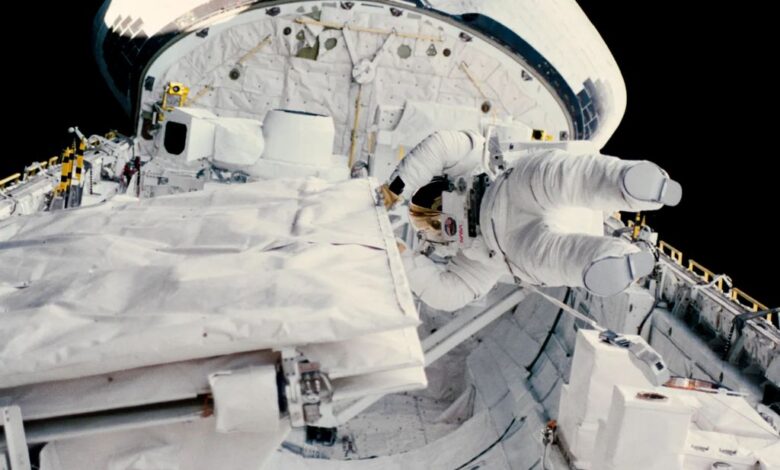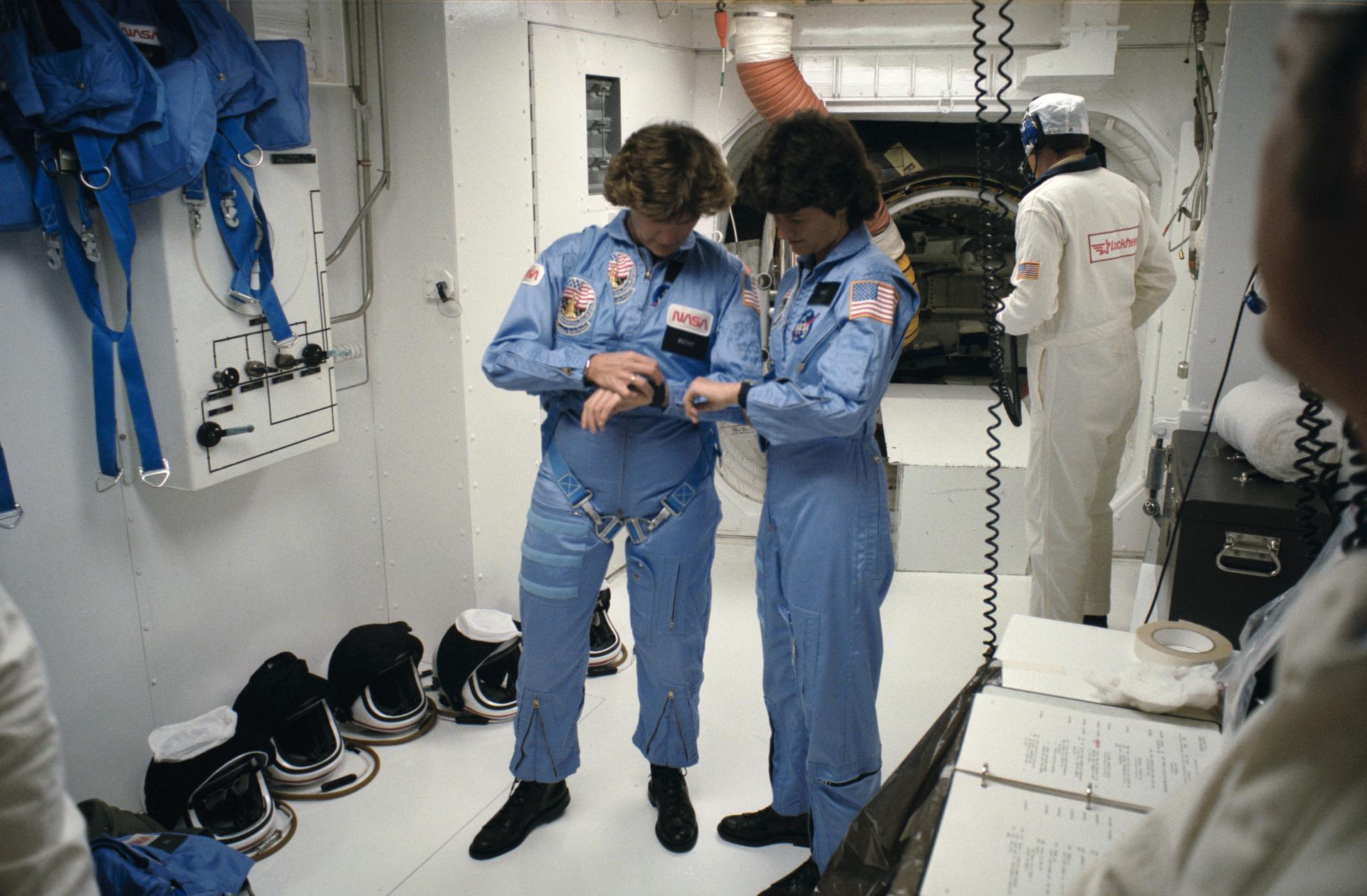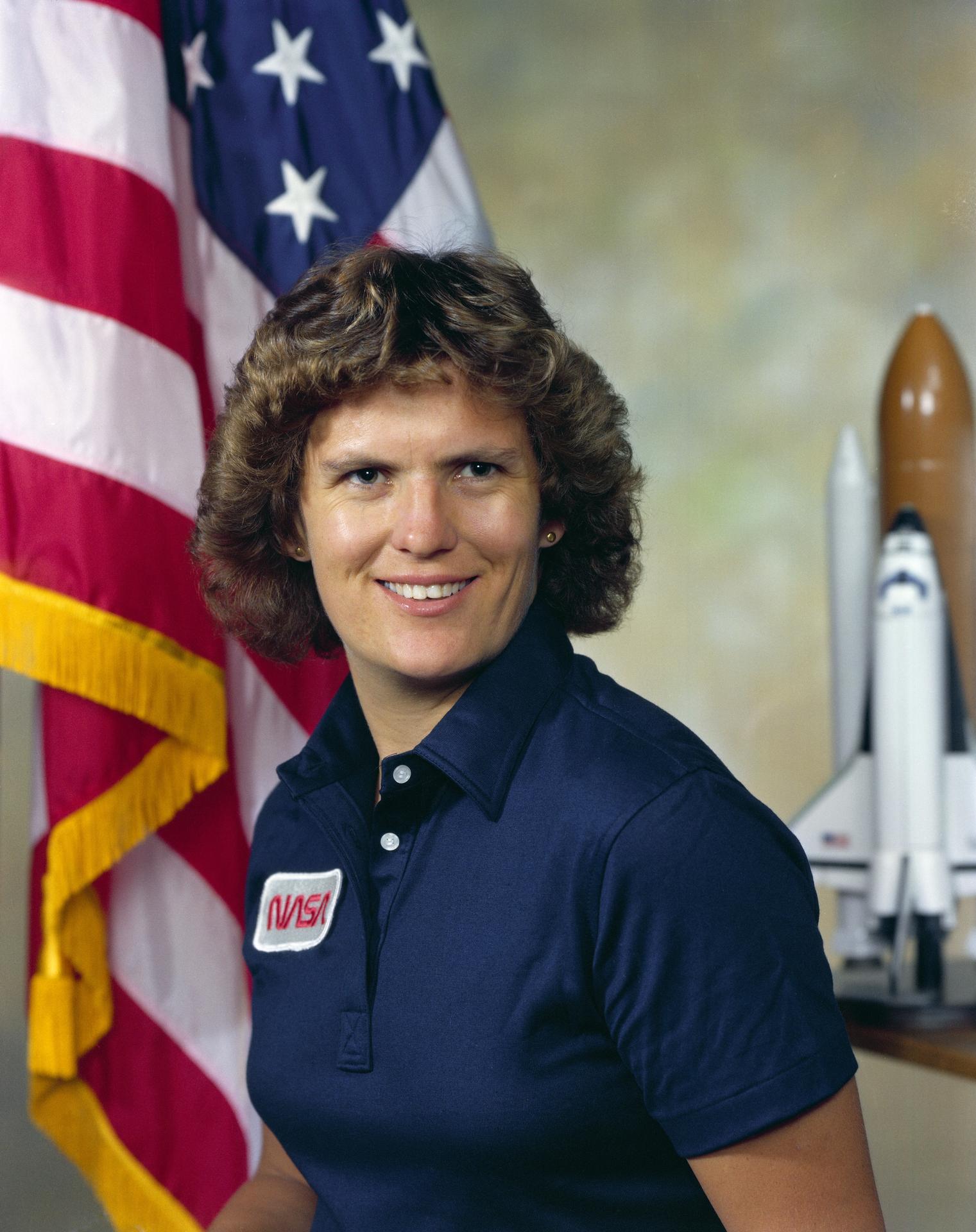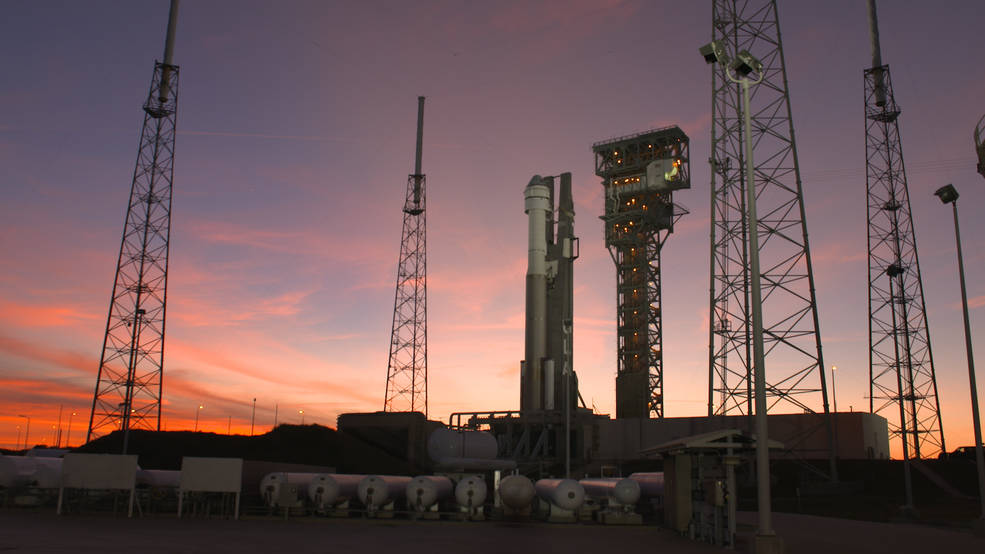Kathryn Sullivan: The First American Woman to Walk in Space

Forty years ago, in October 1984, Kathryn D. Sullivan became the first American woman to walk in space. But being the first presented several challenges that started well before she took those historic steps. Things got complicated just after she learned of her assignment.
Questions of Physiology
Biomedical researchers at NASA’s Johnson Space Center (JSC) raised what they believed was a serious issue with women walking in space and alerted George W.S. Abbey, the head of the Flight Crew Operations Directorate. Females, he learned, were more likely than their male counterparts to develop the bends in the low-pressure environment of the extravehicular mobility unit (EMU), the spacesuit she would wear. To alleviate the possibility of developing decompression syndrome, all spacewalkers had to breathe pure oxygen before a spacewalk to eliminate nitrogen from their bloodstream. Researchers insisted Sullivan (and any future women spacewalkers) spend more time than their male counterparts breathing pure oxygen before going outside of the space shuttle. Sullivan quickly learned that there were flaws in the research, which she countered, and Abbey ended up approving the same requirements for men and women doing an extravehicular activity (EVA).
Setting the Record
After the STS-41G crew had been named in the fall of 1983, a colleague—flush with excitement over the recent flight announcement — congratulated Sally K. Ride and Sullivan on their new titles: Ride being the first woman to fly in space twice and Sullivan the first woman to walk in space. Both shook their heads and explained that it would be many months before launch and that a Soviet woman would fly and do a spacewalk well before the space shuttle Challenger and her crew made it to orbit. As expected, the Soviets assigned cosmonaut Svetlana Y. Savitskaya to a second mission in 1983, less than a month after NASA’s crew announcement. In July 1984, Savitskaya, not Ride, went on to become the first woman to enter space twice and earned the distinction of being the first female to walk in space.

Astronauts Sally K. Ride (right) and Kathryn D. Sullivan, two of three mission specialists, synchronize their watches prior to ingressing the Space Shuttle Challenger on the launch pad at Kennedy Space Center on October 5, 1984.
NASA
Sullivan was not disappointed at losing the title. As she recalled in an oral history interview, being selected for an EVA was an “extraordinary opportunity,” and it did not matter where she was in the queue. She could not understand how people arrived at the idea that the “seventh, tenth, or thirteenth … is [any] less meaningful … than some historical first.”
Others at the Johnson Space Center still thought there was a way they could best the Soviets. Sullivan’s trainers took note of how short Savitskaya’s EVA was. It was only about three and a half hours. “A little bit more than that,” they explained, and “you’ll get the duration record!” But the idea of breaking her record by a few minutes seemed ludicrous. “I’m certainly not going to go tromping around on dinner speeches … saying, ‘Well yes, but I have the duration record.’”
“Hello, I’m right here!”
While the issue of breaking and setting records remained of interest at NASA more than twenty years after the Soviets sent cosmonaut Yuri Gagarin into space, Sullivan found herself grappling with other matters she found equally frustrating. First, there was the sexist media. No journalist asked how she was feeling about her role in the mission. Flying women in space was still new to the American news media in 1983—Ride had only flown her first mission in June, and while Judith A. Resnik had been named to a mission, she had not yet been in orbit. But Ride had not completed an EVA; only men had walked in space, and some found the activity challenging. Astronaut Eugene A. Cernan described his first EVA as the “spacewalk from hell.” Spacewalks can be physically demanding, and it was assumed that women might not have the strength to do so. Reporters asked commander Robert L. Crippen and Ride, “Do you think Kathy can do this?” Sitting at the preflight press conference she reminded reporters that she could speak for herself. “Hello, I’m right here! Hello. Hello.”

The crew assigned to the STS-41G mission included (seated left to right) Jon A. McBride, pilot; mission specialists Sally K. Ride, Kathryn D. Sullivan, and David C. Leestma. Standing in the rear, left to right, are payload specialist Paul D. Scully-Power, mission commander Robert Crippen, and payload specialist Marc Garneau. Launched aboard the Space Shuttle Challenger on October 5, 1984, the STS-41G mission marked the first flight to include two women.
NASA
There was also the matter of why her spacewalking partner, David C. Leestma, led the EVA. She had two years seniority in the Astronaut Office, arriving in 1978; NASA named Leestma to the corps in 1980. She also worked on spacesuit issues and the mission’s payload longer than he had, but both were rookies on this mission. Sullivan did not think Crippen and Abbey thought she was incapable, but for traditional norms to have been breached in this instance she could not explain why she—the senior ranking astronaut—was playing a support role instead of leading. If anyone asked why, Sullivan told Crippen he—not she—would have to answer the tough questions.
Space Suit Fit
As she prepared for the flight, she began training in the shuttle EMU, which never quite fit her body. The suit’s elbow did not align with hers so when she bent her arm, she had to use extra force. The lower portion of the suit was misaligned, making it difficult to bend her knee. Being the first American woman to do a spacewalk, she decided what was most important was to perform the EVA and demonstrate the EMU worked for women. “I reckoned the wrong thing to do was to turn the first evolution of a woman doing a spacewalk into a controversy. … I just sucked it up and dealt with it.” The suit techs knew the EMU was not quite her size, but she made it work. Later, when assigned to STS-45, one of the techs noticed how poorly the suit fit. “We ought to do something about it. It ought to fit you,” he said. Sullivan responded, “We can start that conversation now, but if you think I was going to make that the conversation on the first EVA you’re crazy.”

Astronaut Kathryn D. Sullivan, STS-41G mission specialist, gets some help with her extravehicular mobility unit (EMU) prior to participating in an underwater simulation of an extravehicular activity (EVA) scheduled for her flight aboard the Columbia in October 1984. Dr. Sullivan and David C. Leestma (out of frame) participated in the rehearsal in NASA’s weightless environment training facility (WET-F) at the Johnson Space Center.
NASA
A Walk to Remember
Two days after Sullivan’s thirty-third birthday, STS-41G launched on October 5, 1984. Once in orbit, the flight plan changed quickly. A problem with a malfunctioning Ku-band antenna meant that the EVA had to be pushed back to the day before reentry. Sullivan worried that the walk might be scrapped, but when they finally began the pre-breathing protocol, she relaxed. “Challenger, Houston: You are GO for EVA,” Sullivan recalled, “were the sweetest words I had ever heard.” Sullivan and Leestma’s EVA was short—only three hours and twenty-nine minutes—but busy. Leestma demonstrated it was possible to refuel satellites in orbit, while Sullivan monitored his work. When he wrapped up his task, Sullivan finally had the opportunity to “do something, not just watch things.” She stowed the malfunctioning antenna and before they went back inside the shuttle, they filmed a scene for an IMAX film, The Dream is Alive—where the two spacewalkers rose from the bottom of the space shuttle’s windows and waved at the crew inside, mimicking the “Kilroy Was Here” meme. When filming concluded, Sullivan and Leestma returned to Challenger. “My first spacewalking adventure,” Sullivan wrote in her memoir, “was over all too soon.” The next day, President Ronald Reagan called to ask Sullivan about her experience. “Kathy, when we met at the White House, I know you were excited about walking in space. Was it what you expected?” he asked. Sullivan responded affirmatively and added, “I think it was the most fantastic experience of my life.”
I think it was the most fantastic experience of my life.

Kathryn Sullivan
NASA Astronaut
When she returned to JSC she learned that the EVA flight team had tried to figure out how to send her a diplomatic message to stay outside longer to beat Savitskaya’s record. There ended up being a “five-or six-minute difference” between Sullivan and Savitskaya, “and in the wrong direction as far as they were concerned.”
Despite all the challenges she faced as the first American woman to walk in space, Sullivan called the EVA “a fabulously cool experience.” She hoped to do another, but she never received another assignment to walk in space. She recognized what a unique opportunity she had—very few people have flown in space, and even fewer “get to sneak outside. I’m not going to diminish one dose of sneaking outside just because I didn’t get two, three, or four.”
Watch Suit Up – 50 Years of Spacewalks




